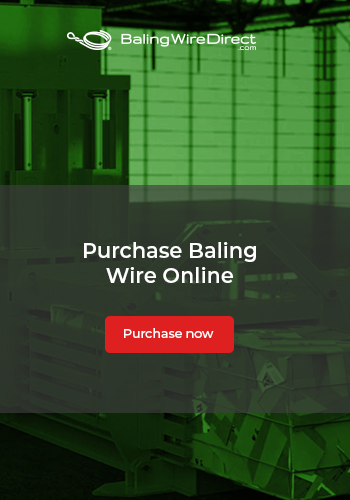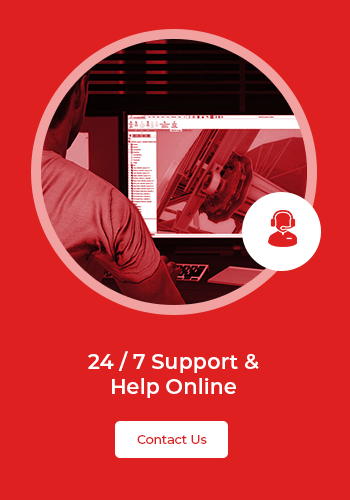Conveyor Pulleys
Conveyor systems have become an essential and integral part of many modern businesses and industries. While they are commonly seen in large industrial settings, conveyor belts are equally as visible in a wide variety of commercial settings such as grocery stores, or in public spaces as moving walkways and escalators. This wide range of applications means that there is a huge variety in both the types of systems that can be utilized and the components necessary to ensure smooth, uninterrupted transport. Although every conveying system is different, they all use pulleys to work, but these pulley systems too can greatly vary.
The Importance of Conveyor Pulleys
Without pulleys, your conveyor belts will not function. That's because it is the pulleys in a conveyor system that both drive and redirect the belt, while also ensuring that your production line has the necessary tension and tracking for a smooth workflow. Misapplied pulleys can have a hugely detrimental effect on your system, and that can lead to higher costs or more workflow disruption. The wrong size pulley can quickly lead to an excessive workload for your system, and that will only result in immediate overworking and more degradation of your overall conveyor setup. Having the right pulleys and pulley system is crucial for the reduction of downtime.
Types of Conveyor Pulley
When a pulley configuration is well planned and adopted, it will be done with the requirements of load and environment in mind. There are many types of conveyor pulley configuration types, but the most commonly used are:

● Drum Pulleys: These have the highest level of surface contact, meaning that they are best suited for processes where there is little concern over the accumulation of material between the pulley's contact surface and the belt. With drum pulleys, it is possible to opt for grooved designs that can drastically reduce slippages.
● Wing Pulleys: This is a very popular configuration because the wings that give these pulleys their name move any materials to the edges of the belt. This results in self--cleaning and more efficiency (wing pulleys are often referred to as self-cleaning pulleys). Wing pulleys are commonly seen in settings where there tends to be a natural build-up of loose materials on the belt.
● Spiral Style Pulleys: The metal strip that gives this pulley type its name is fundamental for more continuous contact with the belt. Spiral style pulleys make use of a spirally configured metal strip that greatly improves the elimination of excess materials, making them ideal for those settings where material accumulation and degradation of the belt are common operational issues.
● Motorized Pulleys: For those environments where space is a factor, motorized pulley systems are the solution. By making use of a motorized system, it is possible to run your conveyor system effectively and at high volume, no matter how compact that system needs to be.

The best pulley configuration for your space will depend on a variety of factors. There are pros and cons to each type of conveyor pulley type, and knowing the difference will make it much easier to maintain high levels of productivity.
Conveyor pulleys play a critical role in the reliability and the performance of your conveyor system. Make sure that you are aware of the need for a clearer understanding of pulley configurations. Failing to understand the necessity of the right conveyor pulley will only expose you to errors that will have potential long-term effects on your overall profitability.



